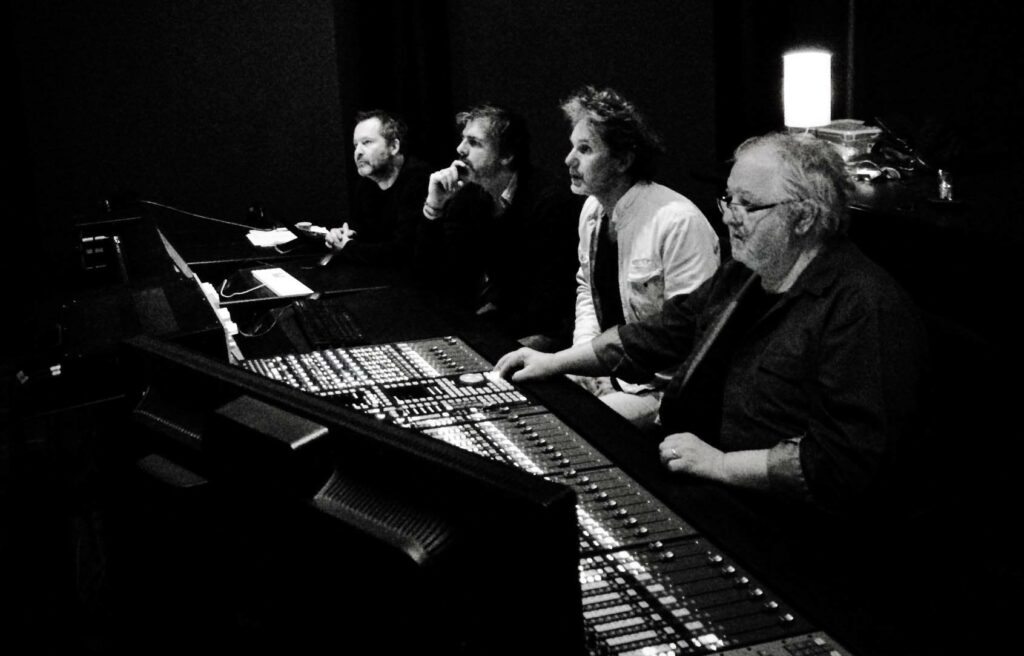César and Golden Reel Award-nominated film sound designer Samy Bardet, was invited to present a keynote lecture/demonstration in Paris on 15 June 2024 for the members of L’AFSI (Association Française du Son à l’Image)*. Sound editor, sound designer and composer, Bardet is renowned in the world of cinema for his aesthetic and innovative sound creations. He has also developed a reputation as a specialist in Kyma which he uses to create, transform, combine and interact with sound (and which he describes as “one of the best sound creation tools in the world”).
In his keynote, Bardet guided an audience of sound professionals through the various ways he uses Kyma to create sounds for films such as Babies, Persepolis, Mami Wata and Sébastien Vanicek’s Vermines, including the signal flow editor, the Timeline, the Multigrid, and spectral analysis/resynthesis tools. One of the most important parts of the keynote, according to Bardet, were the live demonstrations of how one can use the Haken Continuum, iPad and Wacom Tablet as interactive sound design controllers.
Bardet describes Kyma as a language, an instrument that one can learn to play and to master. Each user will develop a different interpretation and this is what makes Kyma unique!
Le Kyma est un langage, un instrument qu’il faut apprendre à jouer, maîtriser. Chaque utilisateur aura une interprétation différente et c’est ce qui fait que le Kyma est unique!
 Bardet concluded with a list of some practical benefits of working with Kyma, including:
Bardet concluded with a list of some practical benefits of working with Kyma, including:
- Qualité audio
- Possibilité créative infinie
- Librairie de sons
- Stabilité et performance
- Communauté
- Suivi & Mise à jour Logicielle gratuite
Through his atelier, SYMA: sound design, Bardet has worked with contemporary artist Laurent Grasso on several exhibitions (for example Uraniborg at the Musée du Jeu de Paume and Soleil Double atthe Perrotin gallery, in Paris. He collaborated on installations at the Musée des Confluences in Lyon for the Antartica and Terra Incognita exhibitions by Luc Jacquet, and has done sound design for augmented reality in collaboration with The Overlap Factory.
Here, he is pictured during the final mix for the 2017 film To the Top:

* L’AFSI (Association Française du Son à l’Image) is a professional organization whose aim is to develop relationships, exchange information, discuss methods, contribute to solving common problems, monitor technological progress, and organize meetings to highlight and communicate the importance of the creative and technical contribution of sound professionals in film audiovisual production, and related media.



















 Composer/sound designer Silvia Matheus is one of the presenters on the scientific program of the
Composer/sound designer Silvia Matheus is one of the presenters on the scientific program of the